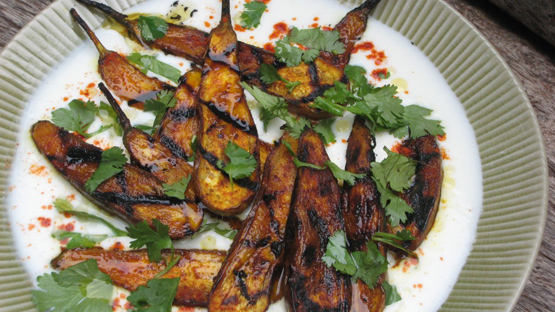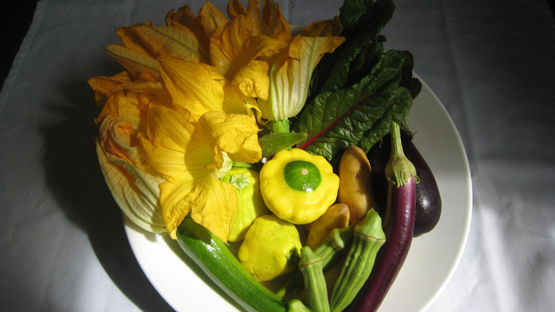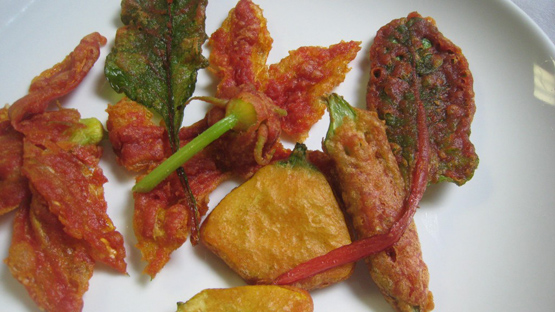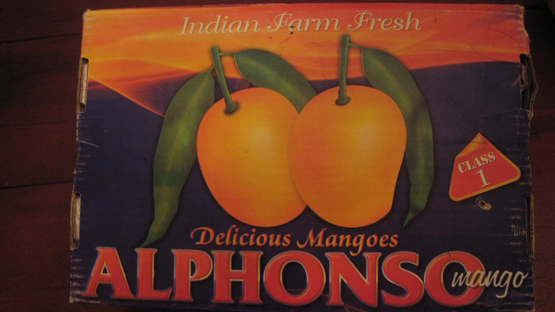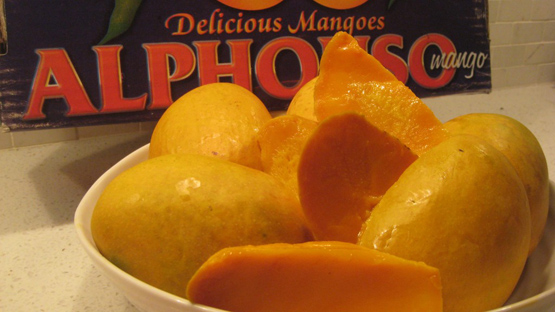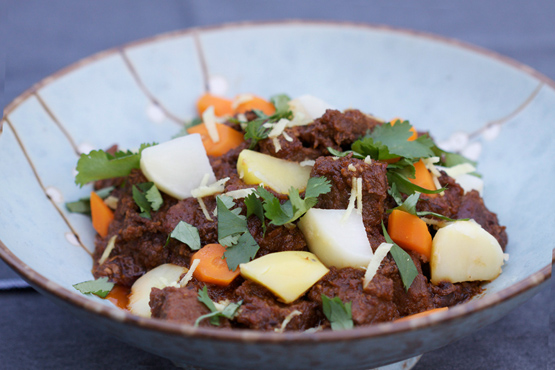 This recipe is one that I recently wrote for our local community newspaper. Inspired by some of the dedicated farmers who sell locally raised, hormone and anti-biotic free meat at the Landsdowne Farmer’s Market. The vegetarian dishes of India are fantastic but so too are many of the meat dishes. This recipe, one could interpret it as a spiced beef stew, is a good introduction to a simple meat curry. Play around with the spice combinations to tailor it to your own preferences and tastes. Lamb, pork, bison or elk can be substituted but cooking the time may need to be adjusted. Typically, vegetables would not be added to such a dish but by doing so you end up with an easy substantial meal. I love making the curry at this time of year as I find the shades of orange, rust, yellow, white and speckles of green on the plate mimic what is happening in the fields and forests during mid-autumn.
This recipe is one that I recently wrote for our local community newspaper. Inspired by some of the dedicated farmers who sell locally raised, hormone and anti-biotic free meat at the Landsdowne Farmer’s Market. The vegetarian dishes of India are fantastic but so too are many of the meat dishes. This recipe, one could interpret it as a spiced beef stew, is a good introduction to a simple meat curry. Play around with the spice combinations to tailor it to your own preferences and tastes. Lamb, pork, bison or elk can be substituted but cooking the time may need to be adjusted. Typically, vegetables would not be added to such a dish but by doing so you end up with an easy substantial meal. I love making the curry at this time of year as I find the shades of orange, rust, yellow, white and speckles of green on the plate mimic what is happening in the fields and forests during mid-autumn.
- 2 pounds (1 kg) stewing beef in 1 ½ inch cubes
- 2 medium white onions, finely chopped
- 1 tbsp garlic cloves (3 cloves), finely chopped
- 1 tsp fresh ginger, finely chopped plus 1 tbsp julienned ginger for garnish
- ½ tsp cumin seeds
- 1 tsp cumin powder
- ¼ tsp cayenne powder (family friendly); ½ tsp for a spicier curry
- 3 tbsp vegetable oil
- 1 green chilli- seeds removed- finely chopped
- 2 medium tomatoes, finely chopped
- 2 tbsp chopped fresh cilantro
- Salt and pepper, to taste
- 1 ½ cups assorted root vegetables (carrots, turnips, potatoes, squash) cut into bite sized pieces
- The beef curry can be served with rice, naan or homemade paratha.
NOTE: This was originally posted on my blog India On My Plate on November 2, 2011

